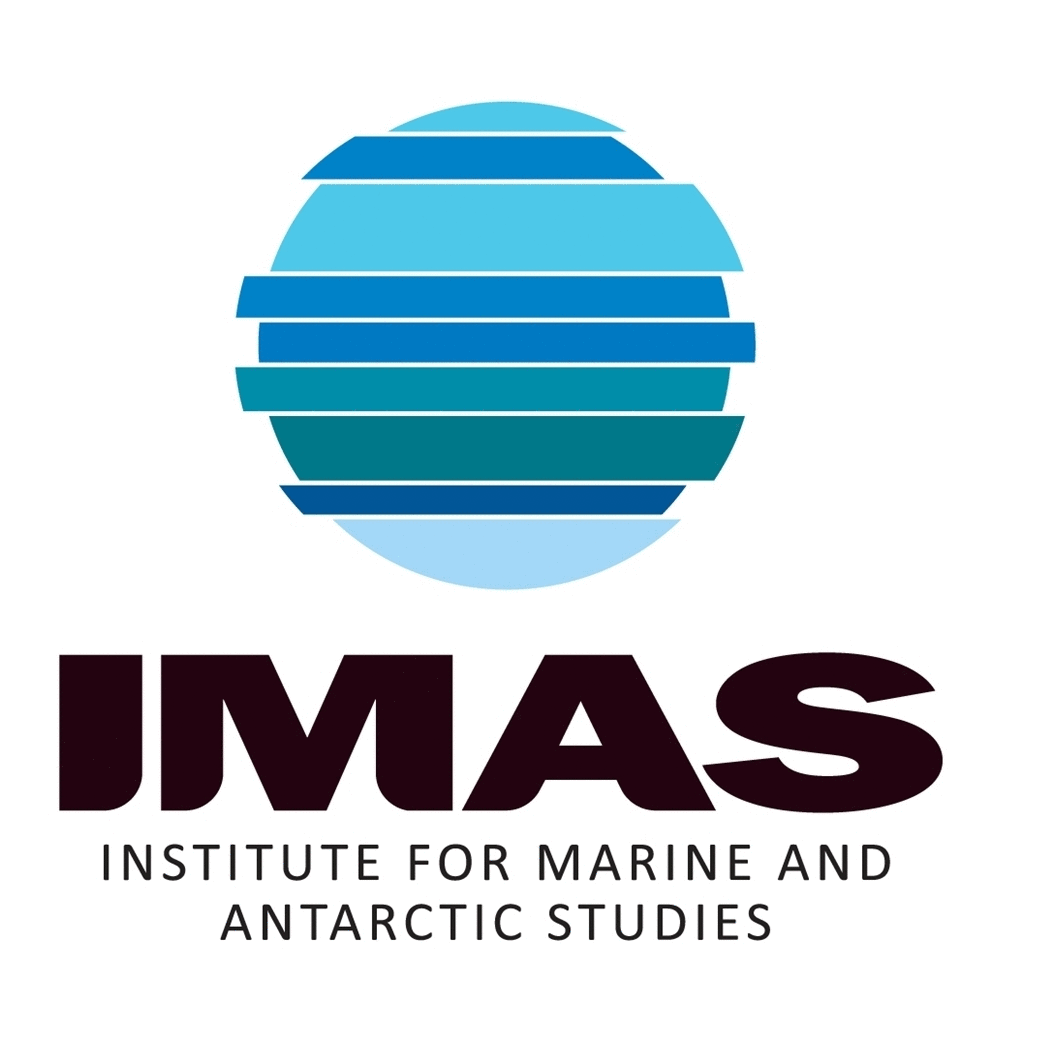EARTH SCIENCE | HUMAN DIMENSIONS | HABITAT CONVERSION/FRAGMENTATION | RECLAMATION/REVEGETATION/RESTORATION
Type of resources
Topics
Keywords
Contact for the resource
Provided by
Years
-
Assessment of Posidonia australis transplant survival at 3, 8, 12, 18, and 26 months (August transplant); and 3, 8, 12, 18, 26 and 30 months (April transplant), after planting at Middle Bluff, and Dubaut Point, Shark Bay.
-
Growth (shoot count) of Amphibolis antarctica and Posidonia australis following transplant to Middle Bluff and Dubaut Point, Shark Bay. Plants were transplanted by the Malgana people with assistance from UWA staff then assessed for shoot counts after 8 months.
-
Biodiversity assessments of invertebrates within seagrass (Amphibolis antarctica and Posidonia australis) transplant plots, compared to adjacent bare sand and healthy meadows at Middle Bluff, Dubaut Point and Useless Loop, Shark Bay.
-
Sediment organic carbon assessments within plots of transplanted Posidonia australis seagrass, and compared to adjacent bare sand and healthy meadows, in Shark Bay, WA.
-
Genomic sampling locations and meadow indices for ribbon weed (Posidonia australis) and wire weed (Amphibolis antarctica) in Shark Bay (Gathaagudu)
-
This record described kelp growth and ecophysiological data relevant to the thermal tolerance of specific warm-tolerant and 'normal' family-lines of giant kelp (Macrocystis pyrifera) from Tasmania, Australia. For habitat restoration to be effective, the cause of habitat decline must be understood and overcome. But this is problematic when climate change is driving habitat loss, since it cannot be reversed or ameliorated prior to restoration. A previous NESP project, led by this team, identified warmwater-tolerant strains of giant kelp (Macrocystis pyrifera) from remnant patches in eastern Tasmania, where the species has experienced severe declines over the past half-century due to climate change and ocean-warming. While these strains have high potential to assist with ‘future-proofing’ of kelp forest restoration activities, it is still unclear what the physiological mechanisms are that provide their improved thermal tolerance. Here we cultivated the warm-tolerant giant kelp strains, along with giant kelp strains of normal tolerance, at both cool (16 °C) and warm temperatures (20 °C). We then harvested the juvenile kelp, and examined a suite of physiological traits that may be responsible for their differences in thermal tolerance, including nutrient usage (carbon and nitrogen content), cellular membrane processes (fatty acid contents), and photosynthesis (PAM fluorometry and photosynthetic pigments). The cultivation trials again illustrated the improved ability of the warm-tolerant strains to develop at stressful warm temperatures relative to normal giant kelp. For the first time, we also demonstrate that their improved thermal performance may extend to the development and fertilisation of the earlier kelp ‘gametophyte’ life-stage. Despite the clear differences in growth between the two test groups, the physiological assessments illustrated a complex pattern of responses, some of which are contrary to expected based on prior knowledge of thermal performance in kelps. Nonetheless, our results indicate that the warm-tolerant strains of giant kelp have a greater capacity to alter the composition of their fatty acids and may be more efficient users of nitrogen (a key nutrient for growth and development). This new information will help inform ongoing kelp breeding and selection programs for future-proofing kelp restoration in Australia and globally. This improved understanding of the physiology of kelp thermal tolerance might also help with identifying individuals and populations of Macrocystis, and other kelps, that may be resilient to (or especially threatened by) ocean warming and climate change.
-
This is a database of nature-based ("soft" or "hybrid") coastal protection projects from across Australia. The database will act as a tool to help coastal managers make informed decisions by providing as many examples as possible of where these solutions have been used, how they were used and how effective they are in different contexts. The information in this database was collected through direct engagement with coastal managers and stakeholders, a literature search, and informal internet searching.
-

This dataset contains the general location of five restoration projects around Tasmania: Angasi oyster (Ostrea andasi), Giant Kelp (Macrocystis pyrifira), seagrass habitat (using Environmentally Friendly Moorings), saltmarsh fish habitat, and wetland restoration. The locations don't present the exact restoration sites.
-
NESP Marine Biodiversity Hub Project E7. Results from the outplanting of lab-selected and cultivated warm-adapted genotypes of giant kelp (Macrocystis pyrifera), at two trial restoration sites. A third restoration trial site had no surviving kelp, so those data were not included here. Data and details from lab-selection experiments can be found in the associated dataset - "NESP Marine Hub Project E7 - Macrocystis pyrifera thermal tolerance testing" https://metadata.imas.utas.edu.au/geonetwork/srv/eng/catalog.search#/metadata/0b91d7fd-7d29-452f-954a-78cf75151035
-
Data accompanying Layton et al. 2019, Resilience and stability of kelp forests: the importance of patch dynamics and environment-engineer feedbacks. PLOS ONE. To explore how resilience and stability of kelp habitats is influenced by this habitat degradation, we created an array of patch reefs of various sizes and supporting adult Ecklonia radiata kelp transplanted at different densities. This enabled testing of how sub-canopy abiotic conditions change with reductions in patch size and adult kelp density, and how this influenced demographic processes of microscopic and macroscopic juvenile kelp.
 IMAS Metadata Catalogue
IMAS Metadata Catalogue